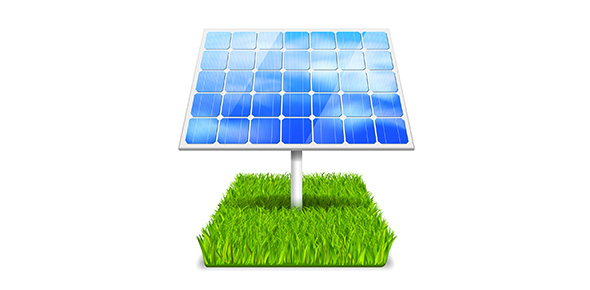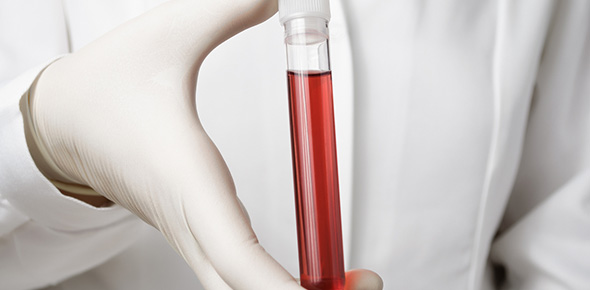Related Flashcards
Cards In This Set
| Front | Back |
|
Releases energy, so the change in free energy is negative.
|
Exergonic
|
|
A type of energy exchange between systems that acts as a result of a difference in potentials other than temperature, such as volume or pressure.
|
Work
|
|
All portions of the universe except for the system.
|
Surroundings
|
|
The process by which the body synthesizes needed biochemicals.
|
Anabolism
|
|
Heat exchange at constant pressure; its a state function.
|
Enthalpy
|
|
A metabolic pathway in which glucose is broken down into two molecules of pyruvate with a net gain of 2 ATP molecules.
|
Glycolysis
|
|
A "measure of disorder" but is more properly viewed as a measure of the number of energy states into which a system may be distributed.
|
Entropy
|
|
A noncovalently associated group of proteins which catalyze a multistep process without the intermediates entering other pathways.
|
Complex
|
|
A small, organic molecule of cellular respiration that functions in the release of carbon dioxide gas and the transfer of electrons and protons to another coenzyme.
|
CoA
|
|
Metabolically irreversible reactions within a chemical pathway.
|
Control points
|
|
The specific portion of the universe under study.
|
System
|
|
A key feature of living organisms. The process uses reactants of higher energy (e.g., ATP) to drive what would otherwise be an energetically unfavorable reaction.
|
Reaction coupling
|
|
Results when cells oxidize NADH by reducing pyruvate (the end product of glycolysis) through fermentation. It diffuses out of the cell to avoid buildup.
|
Lactate
|
|
An inorganic substance that acts with and is essential to the activity of an enzyme; examples include metal ions and some vitamins.
|
Cofactors
|
|
A series of proteins that transfer electrons in cellular respiration to generate ATP.
|
Electron transport chain
|





